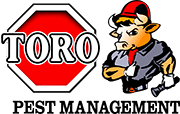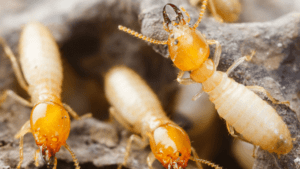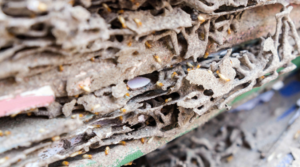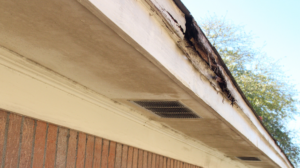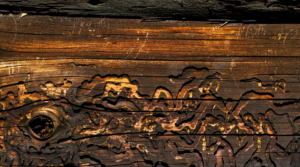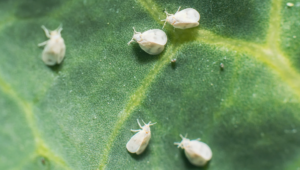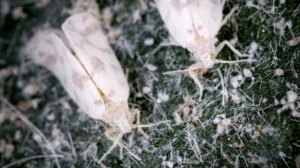Formosan termites (Coptotermes formosanus) have earned a reputation as one of the most aggressive and destructive termite species due to their voracious appetite for wood and their ability to rapidly multiply. Commonly referred to as ‘super termites’, they are notorious for causing extensive damage to structures, resulting in significant economic loss.
This article provides a comprehensive overview of Formosan termites, including their origin, identification, behavior, and impact.
Origin and Distribution
Formosan termites are originally from East Asia, with ‘Formosan’ referring to Taiwan, where they were first described. However, these termites have managed to spread to other parts of the world, including the United States, primarily through the movement of infested wood and military activity during and after World War II. In the United States, they are primarily found in the southern states, including Texas, Louisiana, and Florida.
Identification
Formosan termites are a subterranean species, living in large colonies in the soil. They are social insects, divided into three distinct castes: workers, soldiers, and reproductives (also known as alates or swarmers).
The workers, responsible for feeding the colony and causing most of the damage to wooden structures, are creamy white and approximately 1/8 to 1/4 inch long. Soldiers, tasked with defending the colony, have elongated yellowish-brown heads with powerful mandibles. The reproductives are winged termites, brownish in color, and are most commonly seen during their mating flights.
Behavior and Characteristics
Formosan termites are known for their large and highly structured colonies, which can contain millions of individuals, far more than most other termite species. A mature queen can produce over 1,000 eggs a day, leading to rapid growth of the colony.
These termites are excellent at foraging and can penetrate structures from the ground up, creating mud tubes to protect themselves from predators and dehydration. They are capable of chewing through a variety of materials, including wood, plaster, and even thin metal sheets.
Unique to the Formosan termite is their ability to build a carton nest within the walls of a building if a moisture source is available. This allows them to maintain a presence within a structure, even when conditions outside are unfavorable.
Impact
The economic impact of Formosan termites is significant. It is estimated that they cause hundreds of millions of dollars in damage annually in the United States alone. These costs include not only the repair and replacement of damaged wood but also the expenses related to their detection and control.
Formosan termites can also impact the local ecology by displacing native termite species, disrupting the balance of local ecosystems. As decomposers, termites play a vital role in breaking down dead plant material, so a shift in termite populations can have wider ecological implications.
Conclusion
Formosan termites represent a significant threat to both man-made structures and natural ecosystems due to their aggressive nature, rapid reproduction, and voracious appetite for wood. Understanding their behavior, characteristics, and impact is the first step towards effective management and control strategies to mitigate the damage they cause.
